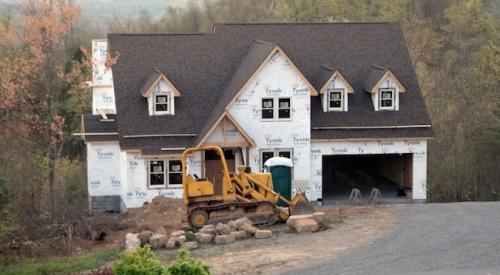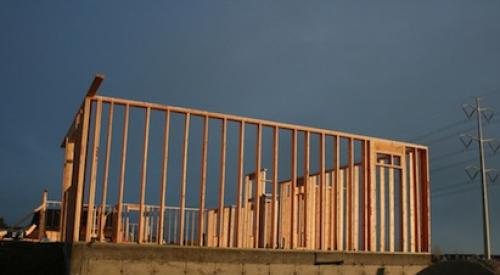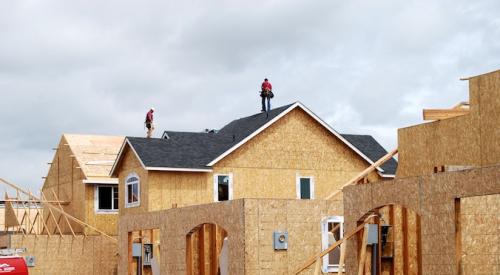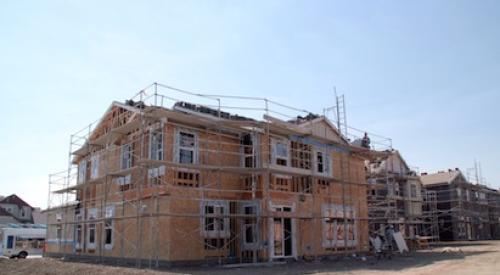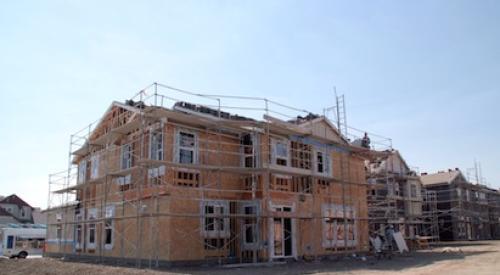|
|||||||||||||||||||||||||||||||||||||||||||||||||||||||||||
March 2000 total housing starts were at a seasonally-adjusted annualized level of 1.604 million units, after exceeding 1.8 million units (annualized) during February. This was the lowest monthly level recorded since June of last year. March activity held up just fine for the dominant single-family sector of the market, but multi-family starts couldn’t come close to matching the exceptional numbers posted during both of the first two months of the new year.
Overall, starts during March were off a steep 11.2% from the February pace. But single-family starts were estimated to be up 0.2% over the month (a statistically insignificant change given the nature of the housing starts survey). However, starts in multifamily buildings were estimated to be at a 295,000 unit annual pace - a plunge of more than 40% from the extraordinary 500,000 unit pace registered during February.
Nevertheless, an analysis of longer-term trends does provide evidence that even the single-family sector of the overall market has been impacted by higher mortgage rates and greater uncertainty about the future pace of personal income growth. Homes sales figures - which cover only the single-family side of the market - weakened considerably over the first quarter of this year. And despite the continued solid March 2000 single-family starts total of over 1.3 million homes, this was still a level almost 5% lower than that recorded during March of 1999.
Regionally, three of the four regions of the country recorded declines in housing starts between February and March of this year. Only the South managed to hold to its level of the previous month during March - although this level was 9.1% lower than during the first month of the new year. Between February and March, total starts faded by a modest 4.5% in the West, but plunged by 18.0% in the Northeast and by a disturbing 31.2% in the Midwest. Compared to the same month a year earlier, total starts during March 2000 were flat in the Northeast but lower in the West (-2.8%), the South (-7.9%), and the Midwest (-15.3%).
And permit trends continue to weaken. Residential building permits nationwide were issued at a seasonally-adjusted annual rate of 1.579 million units during March 2000. This was a sharp 4.5% lower than the annualized pace of new permits let during both February of this year and in March of 1999.
The percentage decline in permit totals has been somewhat steeper for the multifamily sector of the market than for single-family homes. But totals for both sectors were weaker in the early spring of this year than during the same period in 1999. Between February and March of this year, the annualized pace of permit issuance rose slightly in the Northeast (+3.1%) and in the Midwest (+1.4%), but fell in the West (-4.4%) and in the South (-9.1%).
Also See:
Building Materials Price Inflation
Consumer Confidence by Region
New Residential Building Permits by Region
